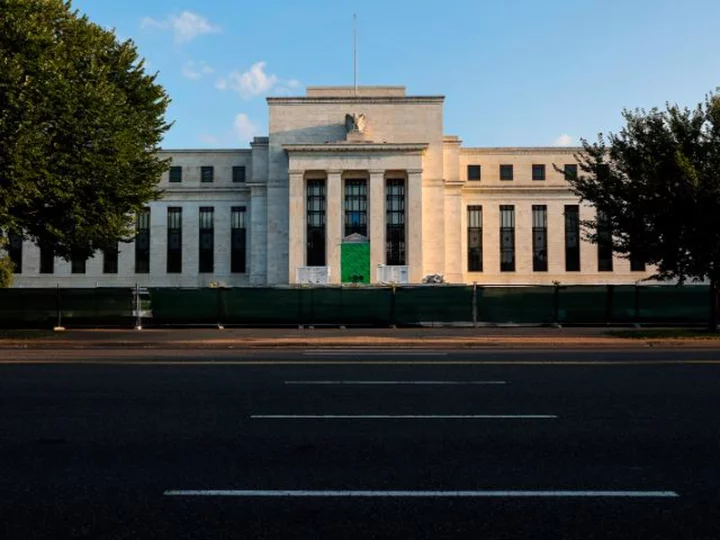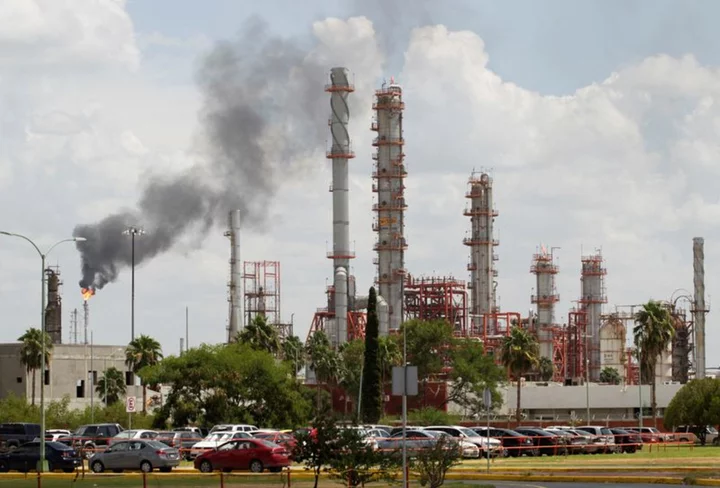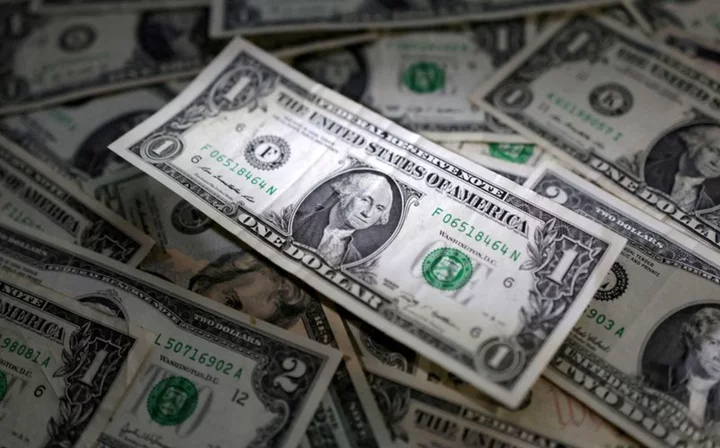When the Federal Reserve kicked off its rate-hiking campaign in March last year, the housing market responded predictably — mortgage rates climbed, leading to eventual declines in home prices.
But after 10 rate hikes, the housing market — traditionally one of the most interest-rate-sensitive areas of the economy — is anything but predictable.
"It's creating a lot of confusion," said Orphe Divounguy, a senior economist at Zillow.
Mortgage rates have likely peaked — but home prices keep increasing
The Fed has raised its benchmark interest rate by five percentage points since last March to help lower inflation, which was at a 40-year high.
When the Fed raises interest rates, that increases the rates that banks charge each other for overnight loans. Banks and other financial institutions pass on the higher cost of borrowing to consumers by charging them higher rates on mortgages, credit cards, auto loans and other loans. In theory, consumers respond to this by cutting back on spending, which means businesses can't raise prices as much as they had.
Before the Fed announced its first rate hike on March 16, 2022, average 30-year fixed mortgage rates hadn't gone above 4% since May 2019, according to data from Freddie Mac. Rates began to increase in anticipation of the Fed's decision to raise rates and climbed even higher to 4.42% immediately after the first hike. Mortgage rates then continued to climb in tandem with the Fed's hikes until November, when mortgage rates peaked at 7.08%, despite four subsequent rate hikes since then.
Mortgage rates have been moving higher recently, after weeks of declines. For the week ending July 6, mortgage rates hit 6.81%, the highest level for the year so far, Freddie Mac reported on Thursday.
But the median price of an existing home in May was $396,100, down from 3.1% compared to a year prior, according to data from the National Association of Realtors. However, median prices were up 2.6% for the month, marking the fourth-straight monthly increase. The median price of a new home was $416,300 in May. That's a 7.6% decline from last May, but a 3.5% increase on a monthly basis, according to US Census Bureau data.
Why did mortgage rates stop responding to Fed hikes?
The Fed's monetary policy is one of many factors that influences mortgage rates, said Charles Dougherty, senior economist at Wells Fargo.
Another big factor is yields on 10-year Treasury notes, which tend to serve as a bellwether for mortgage rates. But in recent months, the spread between the 10-year Treasury and 30-year fixed mortgage rates has widened.
That's a product of the uncertain economic outlook, Dougherty said. Inflation remains above the Fed's 2% target, which means the central bank is likely to implement more rate hikes. But without fully knowing the full effect that more hikes could have on the economy, the Fed may inadvertently invite a recession, he said.
"Long-term interest rates are anticipating not just the Fed's next move, but the potential path for rates over the next decade," said Len Kiefer, deputy chief economist at Freddie Mac. "Mortgage rates may respond to the next Fed rate move, but it could seem counterfactual."
"For example, if the market comes to the conclusion that future rate hikes are less likely, that could put downward pressure on mortgage rates. In that case, mortgage rates could fall, even if the policy rate goes up," Kiefer told CNN.
Higher mortgage rates have reduced home inventory
In theory, when mortgage rates go up, home prices should fall since it raises the cost of homeownership, thereby reducing demand. But that's not happening.
That's partly because the higher mortgage rates that came after the Fed hiked rates created a major lock-in effect, said Kiefer.
At the start of the pandemic, the Fed slashed rates to near-zero levels in hopes of stimulating the US economy as businesses closed and workers stayed home to avoid catching or spreading Covid. With such low rates, homeowners and homebuyers were then able to refinance or buy with rates as low as 2%.
With mortgages now approaching 7%, all that has changed. Selling could mean forfeiting a low mortgage rate for one that's potentially double.
"Many existing homeowners find it difficult to give up a mortgage under 4% to trade for one over 6%," Kiefer said. That has contributed to a decline in housing inventory.
And since many homes are still listed above where they were before the pandemic, homeowners have little incentive to sell.
"It seems to be that supply will be stuck for the foreseeable future," said Dougherty.
Housing inventory, or the number of active home listings, is down by a third from before the pandemic. As of June, there were nearly 614,000 existing homes listed compared to almost 928,000 in February 2020, according to data from Realtor.com.
In many ways, the housing market is still playing catch-up from the Great Recession, which induced nearly a decade of sluggish new home construction, Divounguy said. When mortgages fell below 3% in 2020, home builders started to pick up — but not fast enough to meet the pandemic surge in demand.
Home inventory is likely to drop even lower due to the "low flow of listings paired with the demand for homebuying in the spring," Zillow's Divounguy told CNN. On top of that, housing demands remain high because the labor market is still so strong and workers continue to earn more than they had before the pandemic, he added.
"That tells the crux of the story for why the housing market seems a bit odd right now," Divounguy said.









